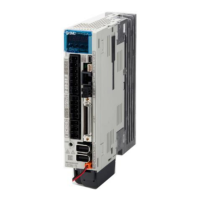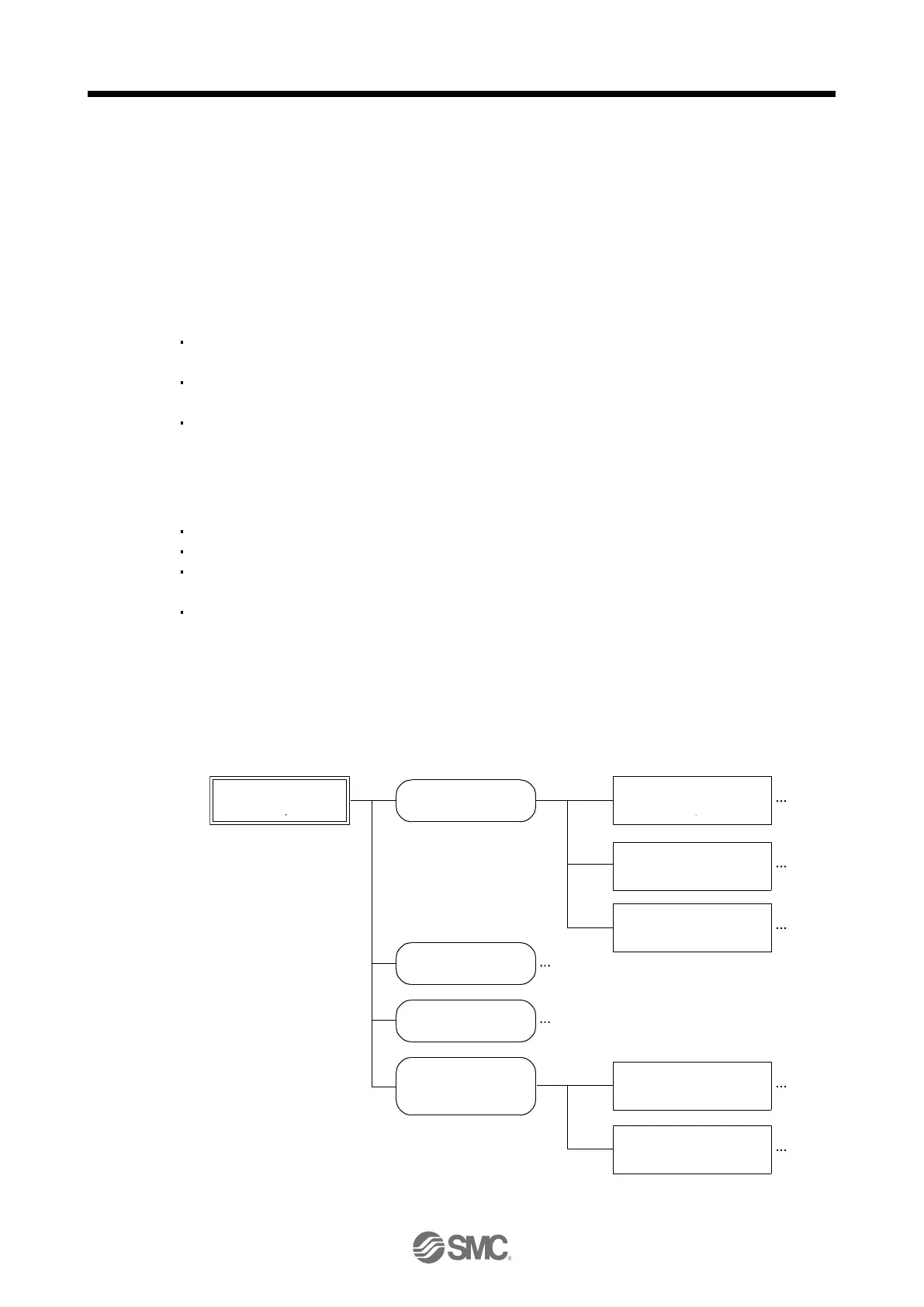11. OPTIONS AND PERIPHERAL EQUIPMENT
11 - 21
11.8 Noise reduction techniques
Noises are classified into external noises which enter the driver to cause it to malfunction and those
radiated by the driver to cause peripheral equipment to malfunction. Since the driver is an electronic
device which handles small signals, the following general noise reduction techniques are required.
Also, the driver can be a source of noise as its outputs are chopped by high carrier frequencies. If
peripheral equipment malfunction due to noises produced by the driver, noise suppression measures
must be taken. The measures will vary slightly with the routes of noise transmission.
(1) Noise reduction techniques
(a) General reduction techniques
Avoid bundling power lines (input/output) and signal cables together or running them in parallel
to each other. Separate the power lines from the signal cables.
Use a shielded twisted pair cable for connection with the encoder and for control signal
transmission, and connect the external conductor of the cable to the SD terminal.
Ground the driver, servo motor, etc. together at one point. (Refer to section 3.11.)
(b) Reduction techniques for external noises that cause the driver to malfunction
If there are noise sources (such as a magnetic contactor, a lock, and many relays which make a
large amount of noise) near the driver and the driver may malfunction, the following
countermeasures are required.
Provide surge absorbers on the noise sources to suppress noises.
Attach data line filters to the signal cables.
Ground the shields of the encoder connecting cable and the control signal cables with cable
clamp fittings.
Although a surge absorber is built into the driver, to protect the driver and other equipment
against large exogenous noise and lightning surge, attaching a varistor to the power input
section of the equipment is recommended.
(c) Techniques for noises radiated by the driver that cause peripheral equipment to malfunction
Noises produced by the driver are classified into those radiated from the cables connected to the
driver and its main circuits (input and output circuits), those induced electromagnetically or
statically by the signal cables of the peripheral equipment located near the main circuit cables,
and those transmitted through the power supply cables.

